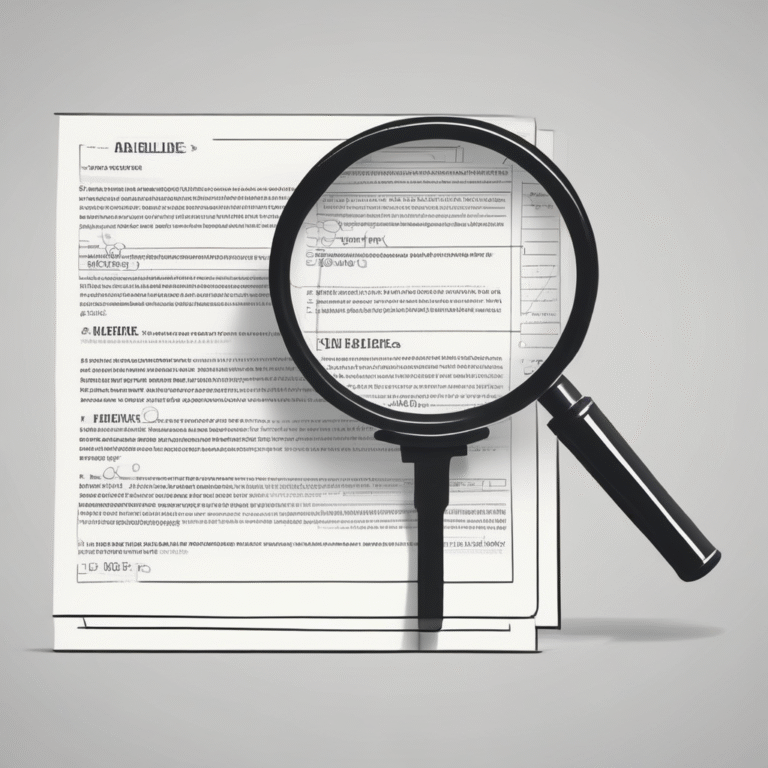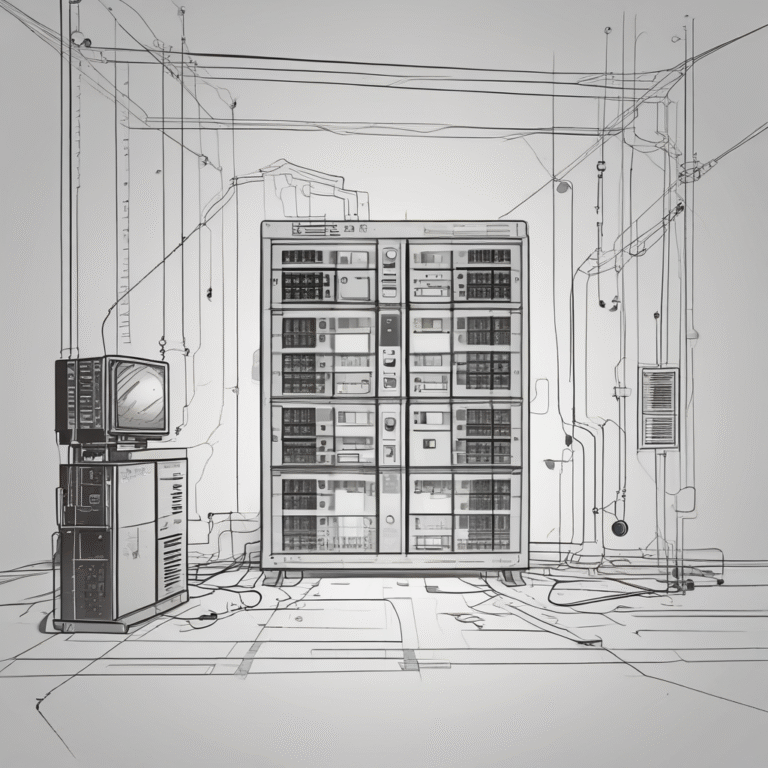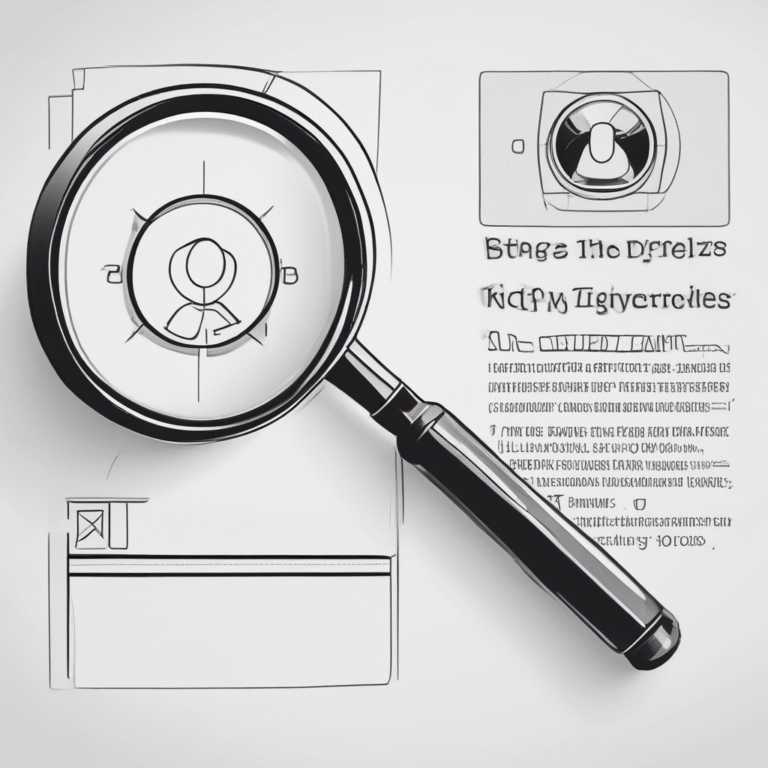AI-Powered DevSecOps: Navigating Automation, Risk, and Compliance in a Zero-Trust World
The rapid adoption of AI-powered automation in DevSecOps resembles handing out power tools to highly capable interns; they possess knowledge but may lack the wisdom to utilize these tools effectively. While processes become faster, the journey is not always smoother. Although automation reduces manual toil, it introduces unforeseen challenges that can lead to compliance nightmares.
As organizations embrace automation, a critical question arises: What happens when AI-generated security policies misalign with actual regulatory requirements? If automated threat detection flags incorrect behaviors while missing genuine threats, accountability becomes murky. In a zero-trust environment, where no one—including machines—receives a free pass, security leaders must navigate the complexities of assurance amid increasing automation.
The Promise of AI in DevSecOps
Traditional security approaches often struggle to keep pace with the rapid software development cycles and complexities of cloud-native environments. AI-powered automation revolutionizes DevSecOps by:
- Automating Threat Detection: Utilizing AI-driven tools to analyze extensive telemetry data, organizations can detect anomalies and predict potential breaches.
- Enhancing Vulnerability Management: AI accelerates the discovery and prioritization of software vulnerabilities, effectively integrating security into CI/CD pipelines.
- Continuous Compliance Monitoring: Automation ensures real-time policy enforcement for frameworks such as FedRAMP, NIST 800-53, ISO 27001, and DoD SRG IL5.
- Reducing False Positives: Machine learning models refine security alerts, allowing security teams to concentrate on genuine threats.
AI and the Zero-Trust Model: Challenges & Risks
As organizations adopt zero-trust security, AI-driven automation presents both opportunities and challenges:
AI-Driven Security: A Double-Edged Sword
While AI enhances security enforcement, over-reliance on automation can result in blind spots, particularly regarding zero-day vulnerabilities or adversarial AI attacks.
- Risk: AI-powered controls are fallible; they might misclassify threats or fail to detect novel attack techniques.
- Mitigation: Implementing explainable AI (XAI) models enables human analysts to understand and validate AI-driven security decisions.
Compliance vs. Agility: The Balancing Act
AI-driven automation ensures compliance at scale, yet regulatory frameworks such as FISMA, FedRAMP, and NIST RMF necessitate a careful balance between automated security enforcement and human intervention.
- Risk: Automated compliance checks may overlook context-specific security gaps, leading to non-compliance in highly regulated industries like finance, healthcare, and government.
- Mitigation: Organizations must integrate AI-driven GRC tools with human validation to maintain accountability and regulatory alignment.
AI Security Models: The Risk of Bias and Exploitation
AI models trained on biased or incomplete datasets can introduce vulnerabilities into security automation. Attackers may also execute adversarial ML attacks, manipulating AI-driven security systems.
- Risk: Poisoning attacks can corrupt AI training data, causing security models to misclassify malicious activities as benign.
- Mitigation: Incorporating continuous model validation, adversarial testing, and robust data hygiene is essential to prevent bias and performance degradation.
The Power of DevOps for Rapid Development
DevOps has transformed software development, enabling rapid iteration, continuous integration, and faster deployment cycles. By automating infrastructure provisioning, security testing, and deployment workflows, DevOps teams can deliver code more swiftly without compromising security.
AI-powered DevOps, or AIOps, takes this further by leveraging machine learning for code generation, anomaly detection, predictive maintenance, and automated remediation. However, while AI significantly enhances efficiency, its limitations can create security vulnerabilities and compliance issues if not closely monitored.
Common Mistakes Made by AI in DevOps Coding
Some prevalent mistakes that AI can make in DevOps coding include:
1. AI Generating Hardcoded Secrets in Code
AI-driven coding assistants sometimes embed API keys, credentials, and secrets directly into source code, posing serious security risks if undetected during code reviews.
- Example: An AI-generated DevOps script may contain hardcoded AWS credentials in plaintext.
- Why is it Dangerous? Hardcoded secrets violate best security practices and can be leaked in repositories, making organizations vulnerable to attacks.
- Better Practice: Utilize environment variables or AWS Secrets Manager to manage sensitive information securely.
2. AI Misconfiguring Infrastructure as Code (IaC) with Open Permissions
When AI generates templates for Terraform or AWS CloudFormation, it may grant excessive permissions for simplification, leading to security misconfigurations.
- Example: AI-generated Terraform configurations may allow full administrative access, violating the principle of least privilege.
- Why is it Dangerous? Such configurations create significant risks and can lead to compliance failures.
- Better Practice: Restrict permissions to specific actions and resources to enhance security.
3. AI Overlooking Secure CI/CD Pipeline Configurations
AI-powered CI/CD automation tools can inadvertently introduce insecure configurations, such as running builds with root privileges or failing to sanitize inputs in deployment scripts.
- Example: AI-generated GitHub Actions workflows might lack necessary security checks.
- Why It’s Dangerous? These oversights can lead to insecure dependency injections and potential exploitation.
- Better Practice: Implement hardened CI/CD pipelines with integrated security checks.
Key Takeaways: AI in DevOps Needs Human Oversight
While AI can accelerate DevOps, it does not inherently comprehend security context. AI generalizes from training data and patterns, which may contain outdated or biased security assumptions. The best approach to AI-powered DevSecOps is to:
- Implement AI-augmented security reviews with human validation for critical code changes.
- Utilize context-aware access controls to prevent misaligned permissions.
- Employ dynamic threat detection that adapts to novel attack techniques.
- Facilitate automated security testing with real-time feedback loops to improve detection accuracy.
- Incorporate explainability techniques in AI security decisions to avoid blind spots.
AI is a powerful force multiplier in DevSecOps, but it necessitates structured feedback, human oversight, and continuous validation to evade reinforcing flawed security patterns. Organizations that blend AI speed with human expertise will enhance efficiency without compromising security posture.
Best Practices: Implementing AI-Powered DevSecOps Securely
To harness AI’s full potential while minimizing security risks, organizations should adhere to the following best practices:
- Adopt a Human-in-the-Loop Approach: Ensure that AI augments security teams and that high-impact decisions undergo human review.
- Leverage XAI for Transparency: Utilize AI-driven security tools that provide explainable outputs.
- Integrate AI-Driven GRC Solutions for Compliance Automation: Employ AI-powered GRC platforms while maintaining human oversight in critical situations.
- Train AI Models with Secure Data & Regular Adversarial Testing: Continuously assess AI models for vulnerabilities to sustain trust and security.
- Implement Continuous AI Security Monitoring: Monitor AI-driven security decisions in real-time, enabling timely human intervention.
Conclusion: The Future of AI in DevSecOps
AI is not a magic solution or a security blanket; it is a tool that can potentially disrupt systems at scale. DevSecOps is not merely about automating trust but about eliminating blind spots. The mantra of “ship it and fix it later” is untenable if AI inadvertently compromises production environments. Organizations must design security that adapts and learns, requiring conscious effort and attention.
Integrating AI-powered automation into DevSecOps strategies demands careful consideration, structured feedback, and human oversight to avoid reinforcing poor security hygiene. The path forward lies in balancing efficiency with security integrity.










